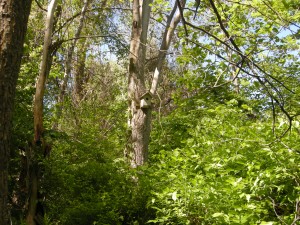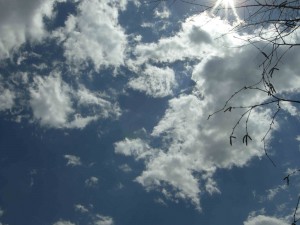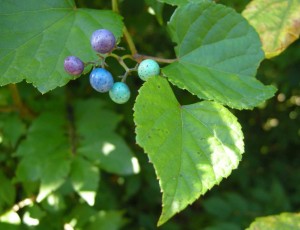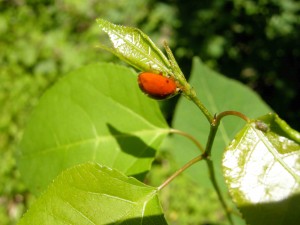We were on the Nature Trail. On the trail, we saw 7 birdhouses. We saw some that looked new! Most were sitting on branches, but there was 1 that probably fell because it was upside-down on the leaves. The birdhouses were amazing!!!
Author: abbbreen18
Moss
The Rock Wall
Why would some rock wall be in the middle of a forest? The pilgrims and other settlers had farm walls made of rock to keep cows and other wildlife animals that can’t get in the territory. Also, can you imagine all the rocks and minerals that are in New England? There are like more than 100 rocks and minerals here. I mean there are a lot of granite kitchen counters because of all of the rocks and minerals. Even my kitchen counter is made of granite.
Clouds
Berries
Ladybugs
On the nature walk I saw a Ladybug. Ladybugs live almost everywhere! They can be red, orange, yellow and black. Ladybugs are very common in New England. Farmers like ladybugs because they eat aphids and aphids eat farmer’s plants. There are about 5,000 types of ladybugs. Ladybugs are related to the Japanese beetle, Hercules beetle, Boll Weevil and the Green tiger beetle. They hibernate during winter. Ladybugs are one of the most interesting beetles in the world.
The Monarch
At the trail I saw a butterfly that was orange, black and brown. It is called the Monarch. The Monarchs like hot areas such as Mexico and California. In winter Monarchs cover entire trees. In Spring they return northward to their breeding areas, some as far as southern Canada. Three or four broods may be produced in one year. The male scent glands are marked by a spot of dark scales in the center of the hind wings. These are not seen on females. It takes about a month for an egg to hatch. They emerge into a butterfly from a shiny green gold speckled hanging chrysalis. The larva, striped black and white, is about 2 inches long when it’s fully grown.
Fleabane
We think my blog is a Fleabane. There are about 150 species scattered all over the world, mostly in temperate and mountain regions. It is also called Whiteweed, Whitetop or Daisy Fleabane. They are abundant in hayfield, pastures, and roadsides of the Northeast. In November it has white seed pods like the ones you see on a Dandelion!
Goldenrod
Goldenrod blooms in the late summer. Some people blame the Goldenrod for causing Hay Fever in humans. I found the Goldenrod at the beginning of the trail. The Goldenrod has a lot of leaves and is four feet tall.







